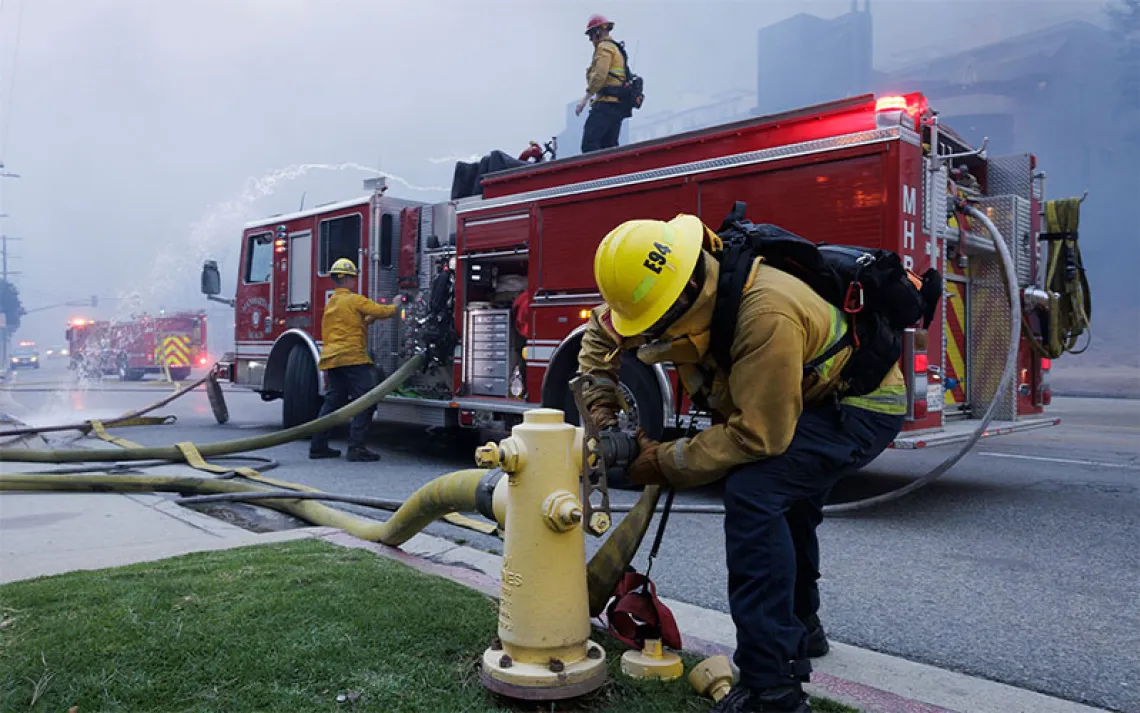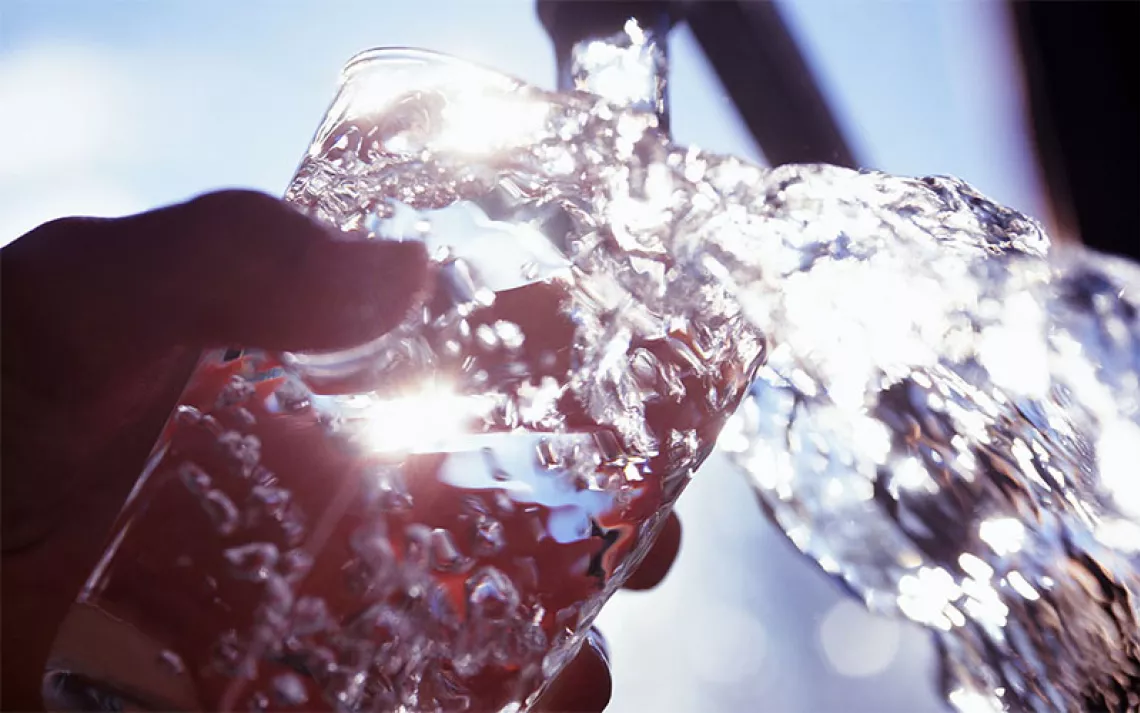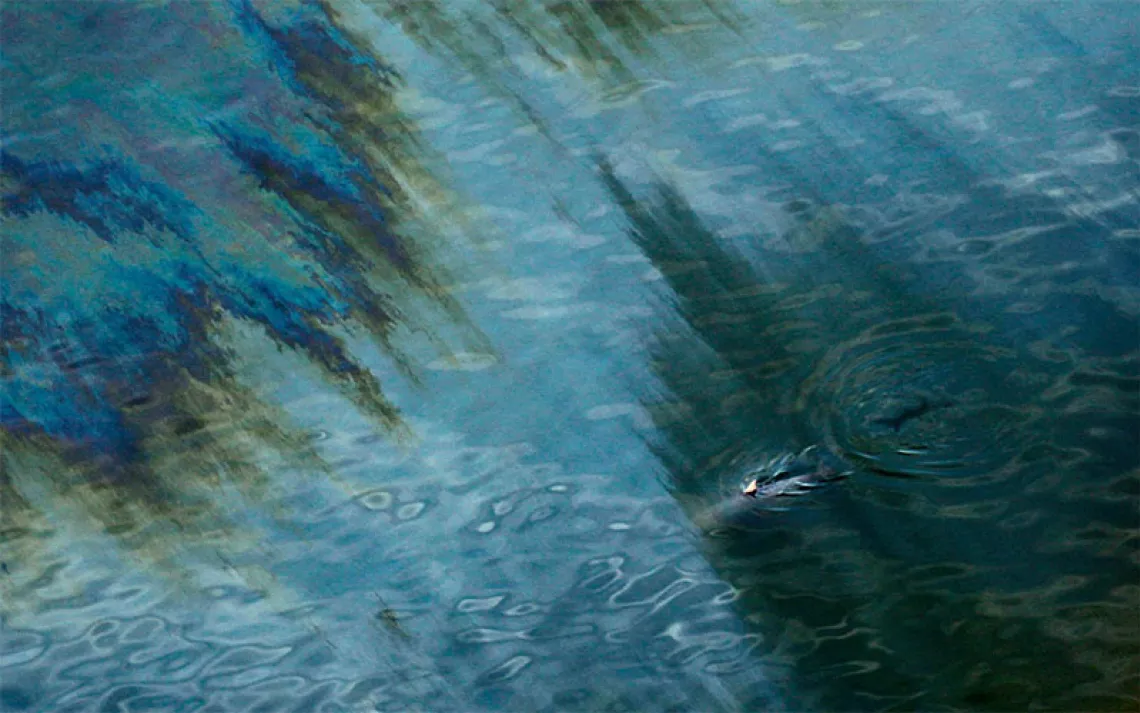5 Weird Effects of California's Drought

Photo by iStock/monkeybusinessimages
We expected lake shrinkage, reduced snowpack, and surfaces more parched than those in anti-aging cream ads. We even saw the almond scapegoating coming.
These five ripple effects, however, blindsided us. And most of them are happening right now.
1.) Fireproof Shelters
Imagine the perfect kindling for a bonfire—that’s California, according to a recent survey by the U.S. Forest Service, which reported over 12 million dead trees this year.
Isolated communities are most at risk; especially when they’ve got an older population, like the coastal town of Cambria. Rather than rely on the narrow coastal road, former fire chief Don Oakes suggested residents invest in FEMA’s concrete storm shelters for wildfire protection.
Could these fire shields start a Snuggie-like craze across California? Keep an eye out for them this summer.

Sign up to receive Sierra News & Views
Get articles like this one sent directly to your inbox weekly.
With this action you affirm you want to receive Sierra Club communications and may vote on policy designated by the Sierra Club Board.
2.) Waterproof Soil
As some kind of cruel joke from Mother Nature, when we actually get rain, the ground could behave much like a hosed down slip-and-slide.
In wildfire-affected forests, burnt plant material lines the floor with a waxy residue that prevents water from permeating it. Instead, rain flows along the water-proofed surface and away from the forest, possibly flooding residential areas.
3.) Sour Tap Water
Nothing wakes you up quite like the pungent aroma of algal blooms.
The East Bay Municipal Utility District’s 1.4 million customers would prefer coffee, apparently, and have complained about the funky smelling water coming from their taps.
The acrid but safe-to-drink water is being pumped from the upper part of the Pardee Reservoir, which is warm and prone to algae growth, instead of the colder, tastier water at the bottom.
Usually, cold runoff that feeds the reservoir would be stored for later in the year, but Governor Jerry Brown ordered that it be released to the thirsty Mokelumne River, where legally protected salmon spawn.
4.) More Roadkill (and Then Much Less)
The Golden State’s roads have been pretty bloody lately, a recent report from the University of California’s Road Ecology Center revealed. “It’s sort of a ring of death around the Bay Area,” said Fraser Shilling, a roadkill connoisseur and the center’s co-director.
“Animals seem to be putting themselves at greater risk to find food and water sources,” Shilling continued, “crossing roads they may not have in the past.”
But roadkill numbers could quickly drop after they spike, Shilling told Vox, because “we have a decline in wildlife populations in general.”
At least we can say a much-needed goodbye to Roadkill Bingo.
5.) Even Deader Cemeteries
Along with other landscape heavy-weights like campuses and golf courses, Californian cemeteries have to cut back their water usage by at least 25 percent in June.
Brad Phillips, regional director of the National Cemeteries Administration, worries about the emotional repercussions of letting graveyards go dry—especially veteran cemeteries.
“[Families] get very unhappy when the turf starts to go brown,” Philips told KQED. “We have a mandate to maintain our cemeteries as national shrines.”
 The Magazine of The Sierra Club
The Magazine of The Sierra Club



